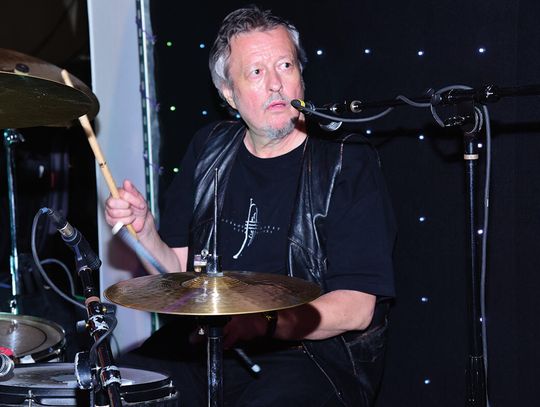W. Brytania. Książę Harry w czerwcu zakończy karierę wojskową (ZOBACZ ZDJĘCIA)
- 03/17/2015 02:04 PM
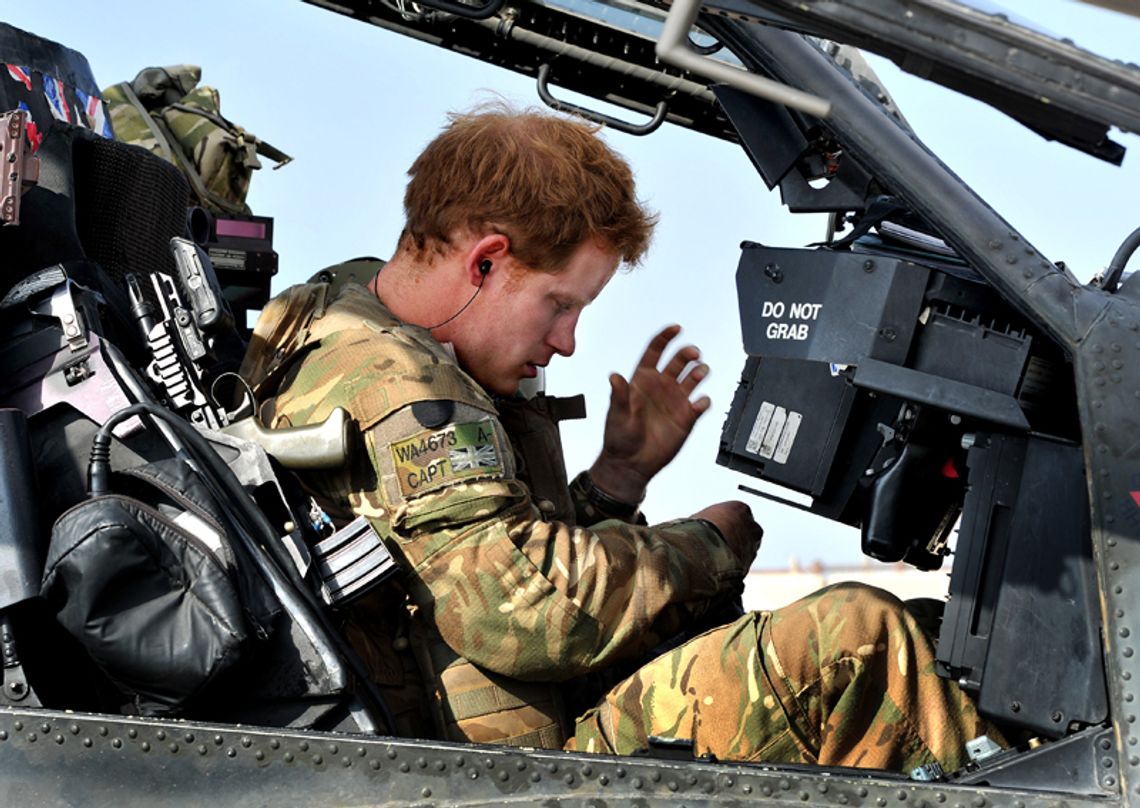
W oświadczeniu wydanym przez Pałac Kensington książę podkreślił, że decyzja o odejściu ze służby była "bardzo trudna", ale z niecierpliwością czeka na otwarcie nowego rozdziału w życiu.
Książę Harry wstąpił do słynnej akademii wojskowej w Sandhurst w 2005 roku. Na pierwszą zmianę do Afganistanu udał się pod koniec 2007 roku. Uzyskał kwalifikacje dowódcy śmigłowca bojowego Apache i od września 2012 roku do stycznia 2013 roku pełnił drugą misję w Afganistanie. W ubiegłym roku podjął obowiązki oficera sztabowego w Londynie.
Jeszcze przed zakończeniem służby Harry zostanie oddelegowany do australijskich sił zbrojnych. W kwietniu i maju będzie przebywał w jednostkach w Darwin, Perth i Sydney.
Po tym czasie wnuk królowej Elżbiety II ma udać się z oficjalną wizytą do Nowej Zelandii, a następnie w ramach wolontariatu poświęci się kwestiom ochrony środowiska w Afryce Subsaharyjskiej. Przed końcem roku włączy się w inny program, tym razem w ramach brytyjskiego ministerstwa obrony - będzie pracował z rannymi weteranami wracającymi do kraju.
Kariera wojskowa Harry'ego zapewniła mu sympatię w Wielkiej Brytanii i przyczyniła do poprawy jego reputacji najbardziej niesfornego członka rodziny królewskiej.
Harry, młodszy syn księcia Karola, jest czwarty w kolejce do brytyjskiego tronu, ale wkrótce będzie na piątym miejscu po oczekiwanym w kwietniu przyjściu na świat drugiego dziecka jego starszego brata Williama i księżnej Kate.(PAP)
fot.EPA
Zamieszczone na stronach internetowych portalu www.DziennikZwiazkowy.com materiały sygnowane skrótem „PAP” stanowią element Codziennego Serwisu Informacyjnego PAP, będącego bazą danych, którego producentem i wydawcą jest Polska Agencja Prasowa S.A. z siedzibą w Warszawie. Chronione są one przepisami ustawy z dnia 4 lutego 1994 r. o prawie autorskim i prawach pokrewnych oraz ustawy z dnia 27 lipca 2001 r. o ochronie baz danych. Powyższe materiały wykorzystywane są przez Alliance Printers and Publishers na podstawie stosownej umowy licencyjnej. Jakiekolwiek ich wykorzystywanie przez użytkowników portalu, poza przewidzianymi przez przepisy prawa wyjątkami, w szczególności dozwolonym użytkiem osobistym, jest zabronione.
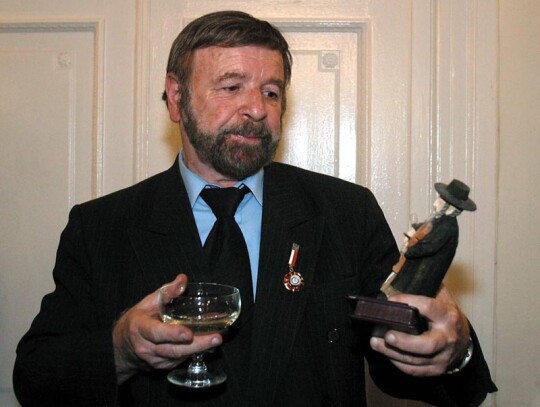
Israeli ambassador to Poland Shevah Weiss
Israeli ambassador to Poland Shevah Weiss pictured after he was awarded the "Merit for the Polish Culture Medal" in Warsaw on Monday, 17 November 2003. Weiss has been ambassador to Poland as of 2001. EPA/Tomasz Gzell POLAND OUT
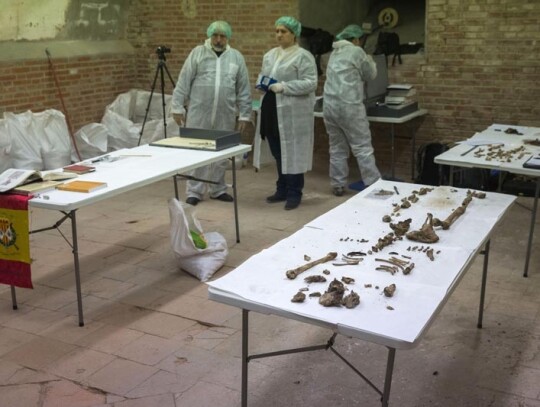
Continues the search for Miguel de Cervantes' human remains
epa04581048 Several bones are placed in a table as some experts begin the forensic and anthropological works searching Spanish writer Miguel de Cervantes' human remains at Trinitarias Convent's crypt, in Madrid, Spain, 24 January 2015. The experts have to look for among some 30 niches and some tombs. Almost 400 years after the death of Cervantes, experts try to find his remains inside the Trinitarias convent. The author of Don Quixote, who died on 22 April 1616, asked for being buried inside the convent but some experts doubt his wish was fulfilled. Nobody knows exactly where Cervantes mortal remains could rest after the building was restorated several times. EPA/EMILIO NARANJO
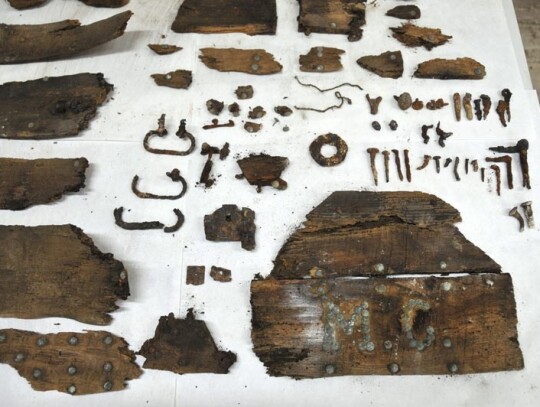
The search of human remains of Cervantes continues
epa04585987 A handout image provided by Madrid's Autonomous region on 26 January 2015 shows some osseous remains and the coffin with the initials 'M.C.' that was found on 25 January during the forensic and anthropological labour to find Spanish writer Miguel de Cervantes' human remains at Trinitarias Convent's crypt, downtown Madrid, Spain. Almost 400 years after the death of Cervantes, experts try to find his remains inside the Trinitarias convent. The author of Don Quixote, who died on 22 April 1616, asked for being buried inside convent and some experts doubt his wish was fulfilled. Nobody knows exactly where Cervantes mortal remains could rest after the building was restorated several times. EPA/MADRID REGION HANDOUT HANDOUT EDITORIAL USE ONLY
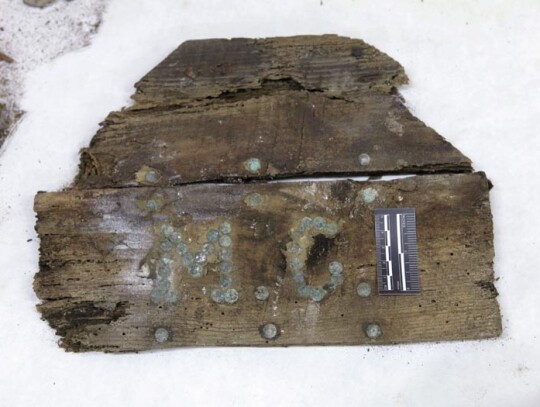
The search of human remains of Cervantes continues
epa04585988 A handout image provided by Madrid's Autonomous region on 26 January 2015 shows a close-up view of part of a coffin with the initials 'M.C.' found on 25 January during the forensic and anthropological labour to find Spanish writer Miguel de Cervantes' human remains at Trinitarias Convent's crypt, downtown Madrid, Spain. Almost 400 years after the death of Cervantes, experts try to find his remains inside the Trinitarias convent. The author of Don Quixote, who died on 22 April 1616, asked for being buried inside convent and some experts doubt his wish was fulfilled. Nobody knows exactly where Cervantes mortal remains could rest after the building was restorated several times. EPA/MADRID REGION HANDOUT EDITORIAL USE ONLY HANDOUT EDITORIAL USE ONLY
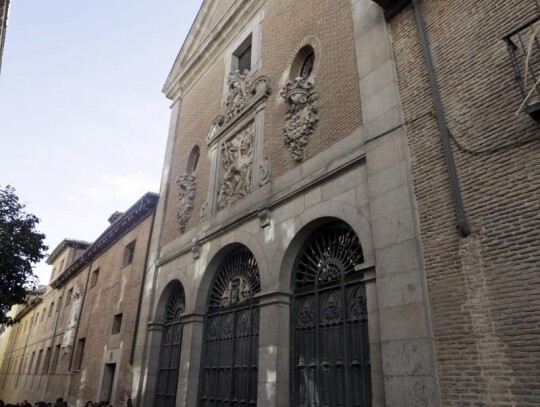
The search of human remains of Cervantes continues
epa04585993 A handout image provided by Madrid's Autonomous region shows the fachade of Trinitarias Convent in downtown Madrid, Spain, 26 January 2015, where a coffin with the initials 'M.C.' has been found on 25 January during the forensic and anthropological labour to find Spanish writer Miguel de Cervantes' human remains at Trinitarias Convent's crypt, downtown Madrid, Spain. Almost 400 years after the death of Cervantes, experts try to find his remains inside the Trinitarias convent. The author of Don Quixote, who died on 22 April 1616, asked for being buried inside convent and some experts doubt his wish was fulfilled. Nobody knows exactly where Cervantes mortal remains could rest after the building was restorated several times. EPA/MADRID REGION HANDOUT EDITORIAL USE ONLY HANDOUT EDITORIAL USE ONLY










